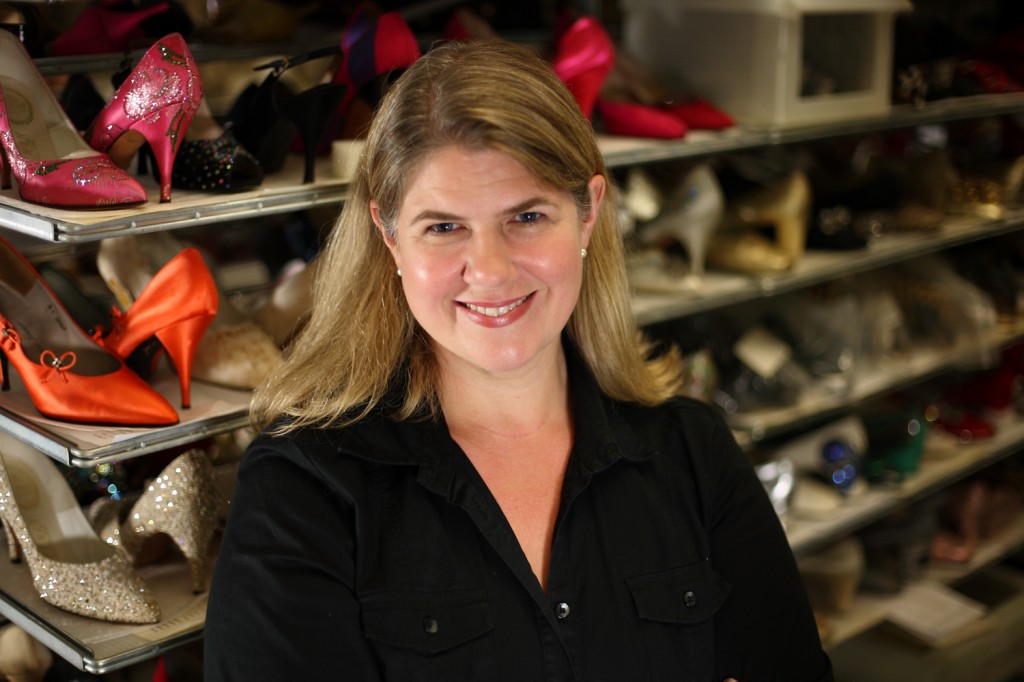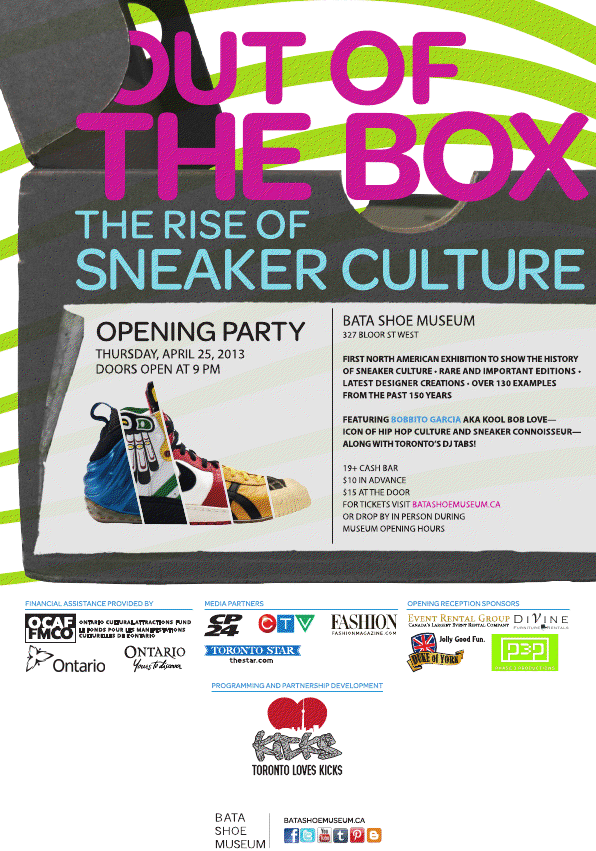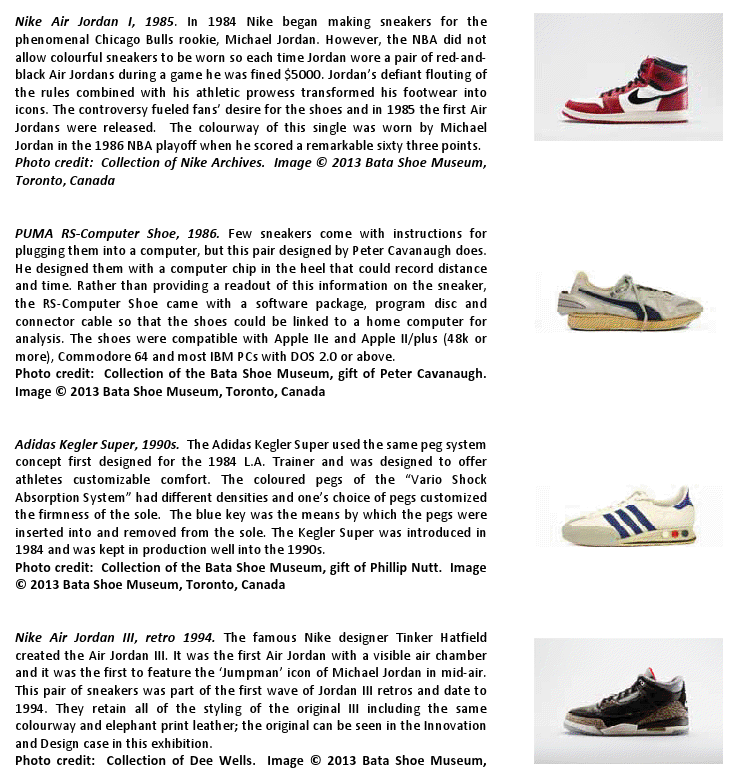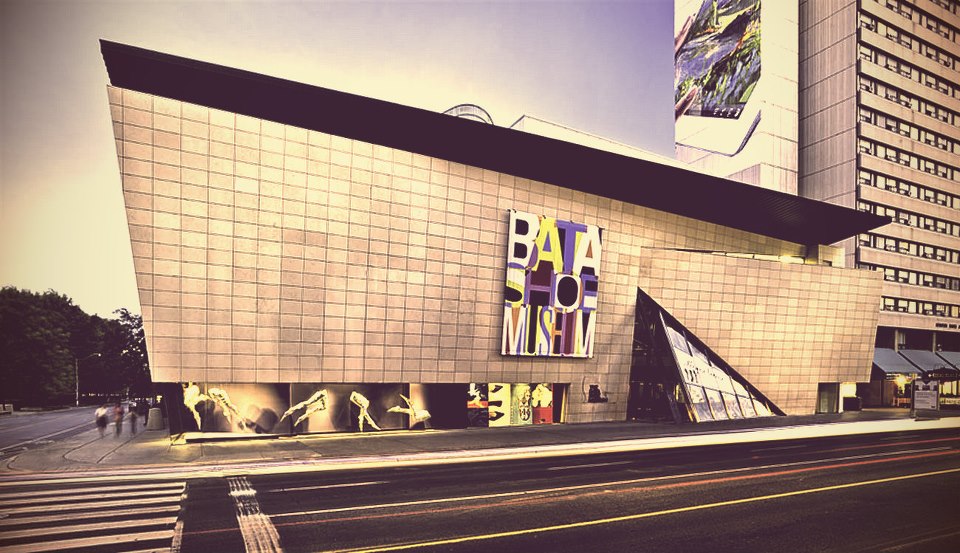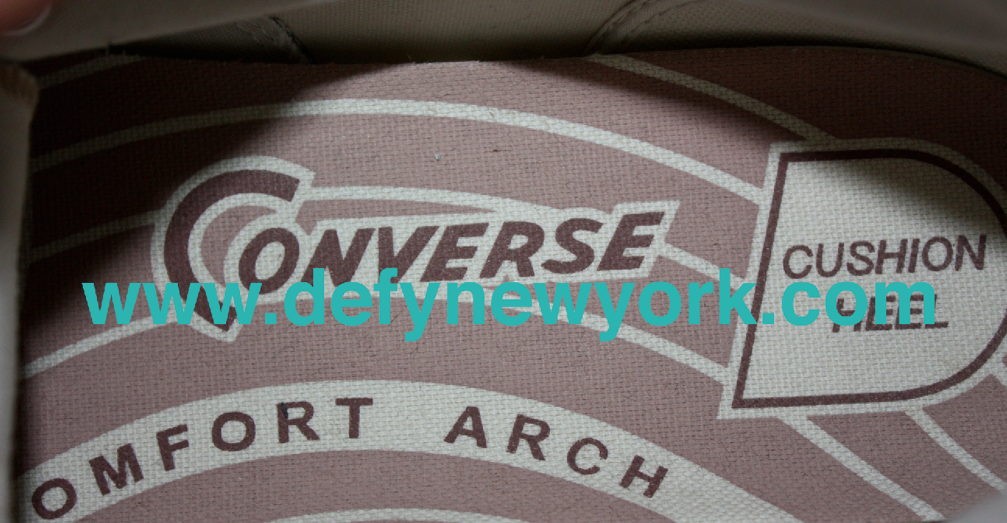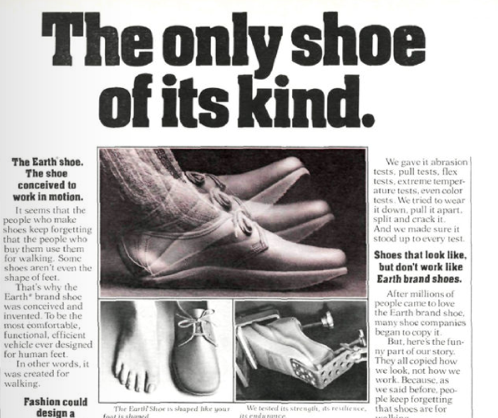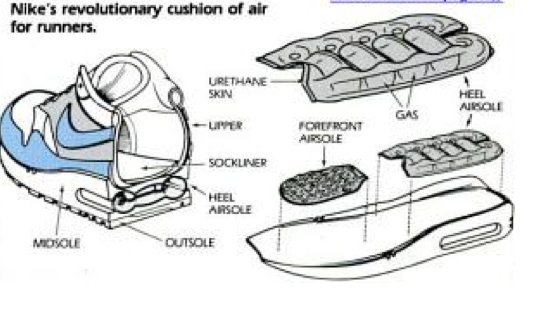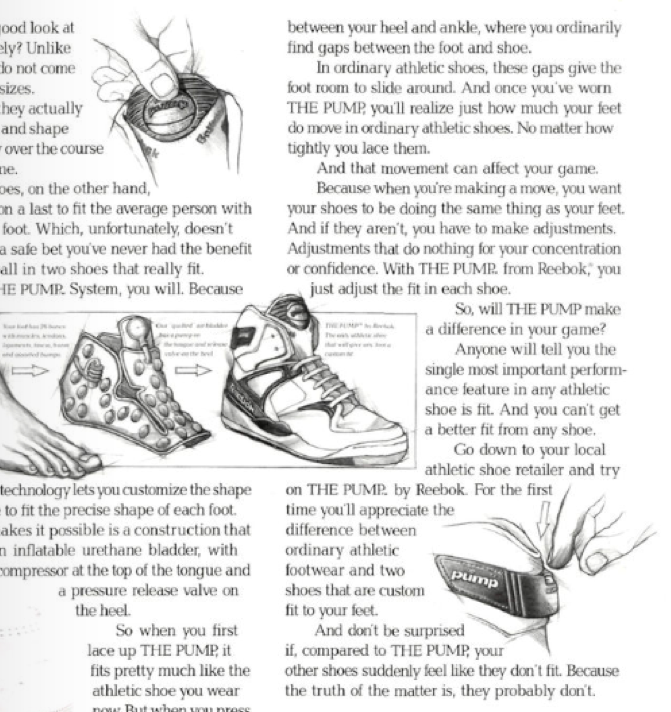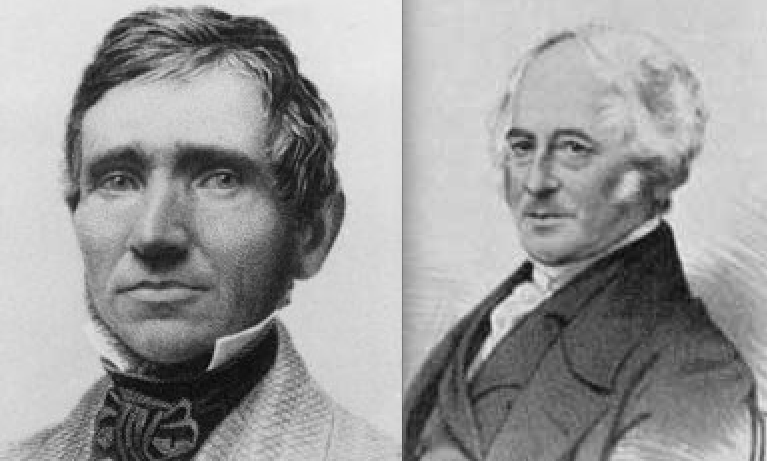Elizabeth Semmelhack is a curator at the Bata Shoe Museum in Canada and the author of ‘Heights of Fashion: A History of the Elevated Shoe’. She arrived at the Bata Shoe Museum as a cultural art historian “with a strong interest in things that are made for immediate consumption” and is an expert in women’s shoes. On April 25, 2013 Elizabeth will be hosting a sneaker exhibition named Out of the Box: The Rise of Sneaker Culture. The event will feature Bobbito Garcia, DJ Tabs and showcase over 130 sneakers from the past 150 years.
DeFY. New York recently caught up with Elizabeth to talk about the event.
Hey Elizabeth, thanks for sitting down with DeFY. New York
DeFY: To my knowledge there has never been a showcase of sneakers going back 150 years. How did the Out of the Box exhibition come to be?
Elizabeth: The idea to do a sneaker exhibition began with a conversation that I had with one of my grad students, Mayan Rajendran, who was working on Visvim sneakers. He wanted to see our sneaker collection which was very small and asked how he could help us increase our collection. That offer led to the idea to do a sneaker exhibition. Dion Walcott and Lee Joseph from Toronto Loves Kicks enthusiastically came on board to help out and before long I was also in contact with Dee Wells and Sean Williams at OSD. All of these guys were instrumental in making the exhibition a success. The generous response that I received concerning artifact loans from Run DMC, Bobbito Garcia, Nike, Adidas, Converse, PUMA, Reebok, Prada, Christian Louboutin, the Northampton Museum, the list goes on, was also amazing.
DeFY: Any plans to take this show on the road, possibly NYC or LA?
Elizabeth: The American Federation of the Arts in New York is interested in making it a traveling exhibition, so the possibilities are high.
DeFY: When do you think sneaker culture was born?
Elizabeth: That is an interesting and complex question. In the 19th century, sneakers proclaimed the ascent of the middle class. Leisure time and play had historically been the prerogative of the upper classes but industrialization gave the emergent middle class the time and money to begin to enjoy activities like tennis and bicycling and wearing, sneakers allowed them to flaunt their participation in these sports. In the first half of the 20th century the sneaker lost its associations with privilege and became one of the most democratic forms of footwear, inexpensive and accessible. The ‘Me Generation’ of the 1970s and its interest in fitness, however, reinvigorated interest in sneakers as accessories of status and soon high-end athletic footwear was once again seen as a signifier of conspicuous consumption. But it was the embrace of the basketball shoe in American urban centers—especially New York City—that would give rise to sneaker culture and transform the sneaker into the icon that it is today.
DeFY: Years ago people scoffed at the idea that sneaker culture was indeed a sub culture. Why do you think the change in attitude?
Elizabeth: I think the attitude has changed because urban American dress now clearly sets the fashion. Sneakers are now undeniable icons of style and increasing numbers of people are taking notice. The entrance of haute couture fashion designers into the sneaker game is evidence of this.
DeFY: When I tell people that I run a site dedicated to sneakers I still get the occasional puzzled look. Do you find that the culture has gone more main stream compared to years past? If so how do you think it will affect the culture in the future?
Elizabeth: I get a very similar look when I tell people what I do—it is also typically followed by a glance down to check out my shoes. But back to your question, I actually think that the wider interest in sneakers is a harbinger of shifts in the construction of idealized masculinity. I am terming this the ‘sneakerfication’ of men’s dress by which I mean that many men are starting to step away from the centuries old uniform of authority—the business suit—and expressing success and masculine style through clothing choices that make more individualized statements. Sneakers, in particular, are accessories of men’s dress that offer them opportunities to express a wide range of social identities—a man in Air Jordans is making a different statement from a guy in Chuck Taylors. This challenge to traditional business attire is even transforming the business brogue which today can be seen laced with colorful laces or sporting brightly colored sneaker-inspired soles.
Photo Via The Bata Shoe Museum
DeFY: It always amazed me that the Bata Shoe Museum branched off from the Bata Shoe Company (a company that manufactured/manufactures sneakers). I could never imagine a company like Nike or Reebok doing the same. What’s different at Bata?
Elizabeth: Our museum is actually not a corporate museum but is Mrs. Sonja Bata’s private collection. As she travelled the world with her husband on shoe business she made a very astute observation—people’s feet are the same around the world but what they chose to put on them is incredibly varied. This inspired her to start collecting footwear from around the world and today her collection of over 13,000 artifacts is housed in its own museum here in Toronto. The oldest piece in the collection is a pair of 4500 year old ancient Egyptian funerary sandals and the most recent is a pair of Pierre Hardy sneakers.
DeFY: With Counterfeit shoes playing an active role in the community do you think there will ever be any plans to incorporate them into future shows for educational purposes (to bring awareness to the topic for novice buyers/collectors)?
Elizabeth: Actually that is a really interesting part of the sneaker story. I recently acquired a counterfeit pair of Jeremy Scott x Adidas Totems and comparing them with a real pair has been very interesting. It is easy to see how people get fooled. Side-by-side the shortcuts taken by the counterfeiters are obvious but without that direct comparison I think many people wouldn’t notice the differences.
DeFY: What are your top ten favorite sneakers at the exhibition and why?
Elizabeth: I am not supposed to have favorites but since you asked…
Dutton and Thorowgood running shoes from 1860—they are from 1860!
Keds Champion logo sneakers from 1916—they are from the year Keds started
Converse Grippers, late 1940s—their chunky design is extremely appealing
Nike Waffle Trainer, 1974—it changed the game
Adidas Gazelles, 1971—I lusted after these way back when
Adidas Superstars, 1974—they are icons
Original Air Force 1—they are icons, am I being redundant?
Air Jordan 11—they are so elegant
Tom Sachs prototypes for Nike, 2009—it is incredible to have these in the exhibition
Nike Stewie Griffin LeBron VI, 2009—super rare and absolutely amazing, I had to have these for the exhibition
PUMA x Hussein Chalayan Urban Swift, 2011 —who knew leather could be formed into such a dynamic shape
…oh am I supposed to stop now?
DeFY: Haha, its tough isn’t it? So much good stuff out there. In the past 150 years, thousands upon thousands of sneakers have graced store shelves from hundreds of different brands all touting some type of benefit to potential customers. From Converse’s Comfort Arch,
to Kalso’s Earth Shoes Negative Heel Technology,
to Nike’s Air,
and so on and so forth.
Which technology do you think has had the most impact on the culture and why?
Elizabeth: That is easy to answer—the vulcanization of rubber. The sneaker would never have come into existence if no one had ever figured out how to take the sap of the rubber tree, latex, and stabilize it through the addition of sulfur transforming it into the highly elastic and durable product that we know as rubber. The indigenous people of Central and South America had long ago invented ways of processing rubber
Photo via United States Rubber Co
but it wasn’t until the American inventor Charles Goodyear in 1839 discovered that adding sulfur to rubber kept it from melting in heat or cracking in the cold—an essential discovery for rubber to be useful in climates with fluctuating temperatures. British scientist Thomas Hancock,
inspired by Goodyear’s experiments, further developed the process in England and dubbed it vulcanization. The insights of these two men made it possible to transform raw latex into durable rubber for use in everything from tires to sneakers.
DeFY: For all those that can’t make it to the show where can they find pictures and or video from the event?
Elizabeth: All the details will be at www.batashoemuseum.ca
If your in Toronto this will be an event you won’t want to miss out on. For more info head on over to the www.batashoemuseum.ca



